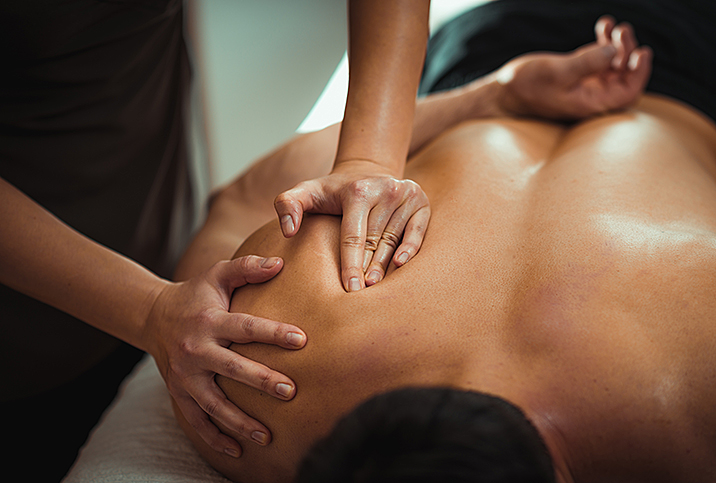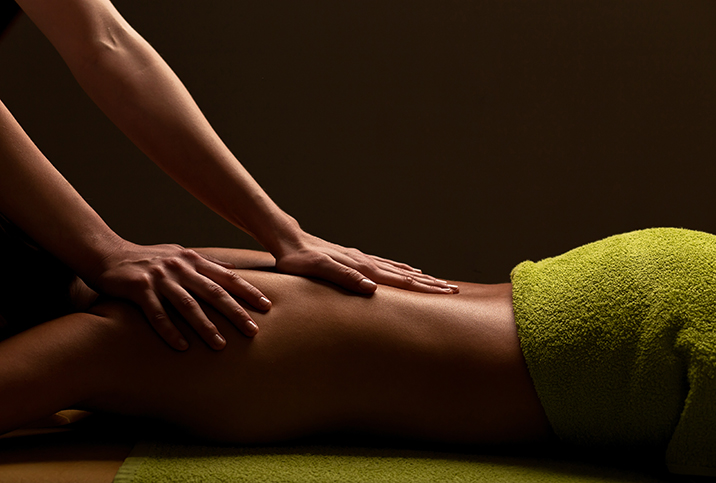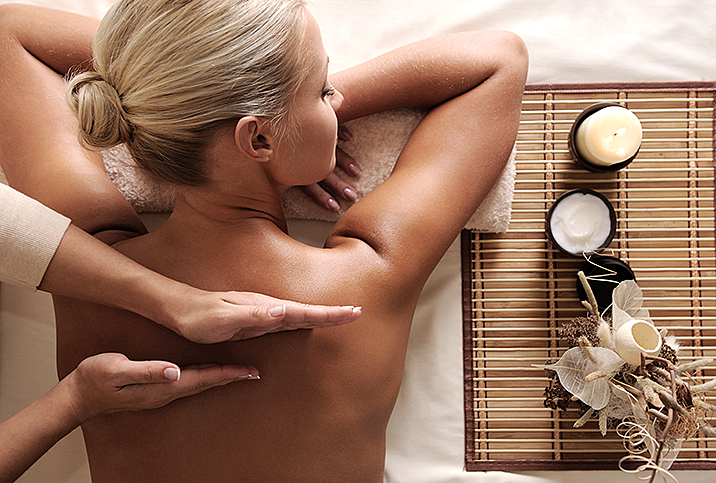A Hands-On Look at the Benefits of Massage

Massage is an ancient practice with many specialties that target specific ailments and areas of concern. With the right professional and regular maintenance, though, massage can make a world of difference in your quality of life.
A brief history
"The history of massage therapy dates back to around 3000 BCE in India," said Janine Brungardt, a California-based massage therapist with 30 years of experience. "It was part of the Ayurveda 'life health' practice, which was a more holistic approach to medicine."
Zara Celik, a wellness expert, health coach and owner of Amara Wellness Centre in Australia, specializes in hammam soap massage and endermotherapie.
"Ancient Turkish hammam soap massage originated from the seventh century Byzantine Empire," she said. "Endermotherapie treatment massage began in the 1980s, using the principles and techniques of manual massage combined into mechanical form to help therapists and practitioners and get better outcomes."
Each region and culture put their own spin on massage, but the end goal is the same.
"What's common to all massages and massage techniques is providing therapeutic outcomes," Celik explained.
Types of massage and benefits
There are way too many styles of massage, and thus detailing them here all would be overwhelming. However, some are more common than others. For example, Celik and Brungardt both noted the prevalence of deep tissue massage. As reflected by its name, this form targets baser layers of fascia and muscle. Other popular massage techniques include Swedish, sports, erotic, reflexology and aromatherapy.
In general, massage is classified as either remedial or relaxing. Remedial massage is meant to provide relief for a particular medical condition, such as lymphedema, sexual impairments, or complications associated with pregnancy and birth. Brungardt added that massage can have benefits such as improved circulation, energy and immune function, too. On a chemical level, Brungardt and Celik spoke of the benefits of increased serotonin and dopamine, neurotransmitters linked to improved mood.
Conversely, relaxation massage is used for just that: good ol' R&R. This category aims to trigger the physiological relaxation response, during which blood pressure, stress hormones and muscle tension are reduced. Furthermore, Celik said massage can balance the autonomic nervous system, helpful for feeling rejuvenated.
"Endermotherapie is a noninvasive, natural treatment and it mechanically stimulates cells, increases cellular energy, exercises skin, mobilizes the fascia, releasing muscle tightness and alleviating pain," Celik said.
'What's common to all massages and massage techniques is providing therapeutic outcomes.'
Endermotherapie personally helped Celik with Sever's Disease and pain from rheumatism. Her other specialty, hammam (or Turkish bath) soap massage, is performed in a steam bath on heated marble.
According to Celik, "This ancient wisdom is extremely nurturing, therapeutic, cleansing, purifying and detoxing in nature. It has benefits on mind, body, skin and soul."
Despite the stigma, there is a great deal of merit in both erotic and tantric massage. For example, prostate massages performed by a sex therapist can alleviate painful ejaculation and prostatitis, and help with urine flow. Psychosensual massages aid in relationships, intimacy and sexual performance, and can be performed on men, women and couples.
However, you should exercise caution. Brungardt warned that certain establishments—particularly unlicensed ones—may be a masquerade for illegal sex work. Watch out for covered windows, late hours, male-targeted advertising and a lack of online reviews.
Finding a massage therapist
"Board-certified therapists with at least 500 to 1,000 hours (depending on the state) of education are qualified to give professional massages. Most states also require a license if working in a spa," Brungardt said.
"Professionals who study and understand the human body, physiology and surface anatomy can provide professional massage," Celik noted, adding that expressing a passion for personal nurturing and care is indicative of helpful, healing hands.
If you're still feeling wary, you can always ask to see licensure for verification of credentials. Celik recommends asking about certifications, specialties and work history.
"Usually, if the massage is associated with a medical office or chiropractic office, you can be certain that it is legitimate."
Examples of professionally recognized titles include certified massage therapist (CMT), licensed massage therapist (LMT), sports massage therapist (SMT), neuromuscular massage therapist (NMT) and/or nationally certified massage therapist (NCMT).
Once you have identified an accredited massage therapist who caters to your specific needs, you're ready to start the healing process.
"Massage is nurturing, healing and therapeutic in nature. It has numerous benefits on mind, body, skin, nervous system and the soul," Celik explained. "It supports better energy flow and communication within the cells, promoting healing response, homeostasis and equanimity."


















